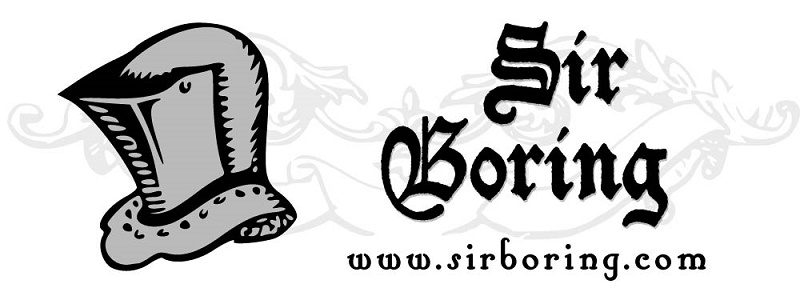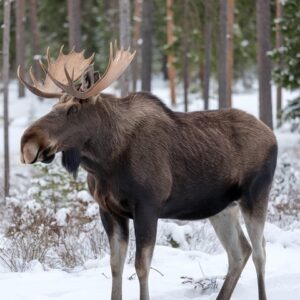
Introduction To Hoofed Mammals
Hoofed mammals, sometimes known as ungulates, are a diverse group of mammals characterized primarily by their specialized hooves. This unique characteristic allows them to navigate a variety of terrains from rugged mountains to expansive plains and dense forests. Hoofed mammals include a wide range of species, such as horses, zebras, deer, giraffes, and rhinoceroses. Each of these animals exhibits distinct adaptations and behaviors that reflect their ecological niches.
The classification of hoofed mammals is generally divided into two main groups: Perissodactyls (odd-toed ungulates) and Artiodactyls (even-toed ungulates). Perissodactyls include horses, zebras, and rhinoceroses, characterized by having an odd number of toes on their feet. In contrast, Artiodactyls, which include animals like pigs, deer, camels, and cattle, have an even number of toes.
Physical Characteristics
Their hooves are designed for speed and efficiency in movement, allowing them to escape predators and cover large distances in search of food and water. For example, horses have long, strong legs and single, solid hooves that provide them with speed and agility on open plains, while deer have lighter, more flexible bodies suited for quick, agile movements through forests.
Moreover, ungulates have various feeding strategies that correspond to their habitats. Grazers, like Bison(Bison bison) and wildebeests, primarily consume grasses and low vegetation, while browsers, such as giraffes, feed on leaves from trees and shrubs. This distinction is crucial for maintaining the health of their ecosystems. Grazing helps to control plant growth, preventing overgrowth of certain species and promoting biodiversity, while browsing can help shape plant communities in forests, allowing for a variety of plant species to thrive.
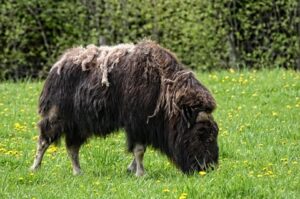
Ecological Roles Of Hoofed Mammals
Hoofed mammals play vital roles in their ecosystems, contributing to nutrient cycling, seed dispersal, and habitat maintenance. In grasslands, grazing by ungulates like Bison and antelope prevents the dominance of certain plant species, allowing for a diverse array of flora to flourish. This, in turn, supports a wide range of fauna, from insects to carnivores. The interdependence of species within these ecosystems highlights the importance of hoofed mammals in maintaining ecological balance.
Seed dispersal is another critical ecological function performed by ungulates. Many plants rely on animals to transport their seeds. As ungulates consume fruits and vegetation, their digestive systems help to break down the seeds, which are then expelled in different locations, facilitating plant propagation. This relationship between ungulates and flora underscores the interconnectedness of life within ecosystems.
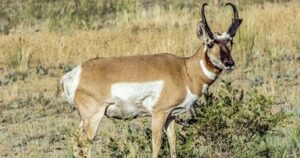
Behavioral Traits And Social Structures
Hoofed mammals exhibit a wide range of behaviors and social structures that are fascinating to observe. Many species are social animals, forming herds or groups that provide protection against predators. For example, Common Wildebeests(Connochaetes taurinus) and zebras often travel in large herds across the African savanna, which not only offers safety in numbers but also enables them to find better grazing areas.
The social structures of ungulate herds can vary significantly depending on the species. For instance, deer species typically have more fluid social structures, with males often leaving the maternal group during the breeding season to compete for mates.
Communication among ungulates is also diverse and can include vocalizations, visual signals, and even chemical cues. For example, many species use body language to signal alarm or readiness to mate. This communication is vital for maintaining group cohesion and ensuring the survival of individuals within the herd.
Habitat Diversity And Distribution
Hoofed mammals are found in a wide range of habitats across the globe, from the arctic tundra to tropical rainforests. In North America, species such as the Pronghorn(Antilocapra americana), which is an antelope, thrives in open grasslands, while the Moose(alces alces) is often found in forested areas with access to water. In Africa, the savanna is home to iconic ungulates like giraffes and various antelope species, each adapted to the specific conditions of their environment.
The distribution of ungulates is often influenced by factors such as climate, availability of food, and human activities. For example, habitat fragmentation due to urbanization and agriculture has significantly impacted the ranges of many ungulate species, leading to isolated populations and increased competition for resources.
Conservation efforts are crucial to protect the habitats of hoofed mammals, especially in regions where human encroachment poses a threat. Protected areas, wildlife reserves, and national parks play an essential role in safeguarding these animals and their environments. However, establishing and maintaining these protected areas requires ongoing commitment and cooperation from local communities and governments.
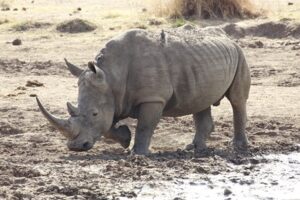
Conservation Challenges Facing Hoofed Mammals
Despite their ecological importance, many hoofed mammals face significant threats that could lead to their decline. Habitat loss is one of the most pressing issues, as expanding agriculture, urban development, and infrastructure projects encroach on their natural environments. This not only reduces the available space for ungulates to roam and forage but also fragments their populations, making it challenging for them to find mates and maintain genetic diversity.
Poaching and illegal hunting also pose serious threats, particularly for species like rhinoceroses, which are targeted for their horns. The demand for wildlife products has led to a dramatic decline in populations of these iconic animals, pushing them closer to extinction. Conservation organizations are working tirelessly to combat poaching through anti-poaching patrols, community education, and legal protections, but the challenge remains significant.
Successful Conservation Initiatives
Despite these challenges, there are numerous successful conservation initiatives aimed at protecting hoofed mammals and their habitats. Many wildlife reserves and national parks have been established to provide safe havens for these animals. For instance, the Serengeti National Park in Tanzania is famous for its annual Common Wildebeest migration, attracting thousands of tourists and providing a vital habitat for a range of ungulate species.
Community-based conservation programs have also shown promise in promoting coexistence between humans and wildlife. By involving local communities in conservation efforts, these initiatives encourage sustainable practices that benefit both people and animals. For example, programs that provide economic incentives for wildlife tourism can help local communities see the value of preserving their natural heritage.
Collaboration among conservation organizations, governments, and local communities is essential for the success of these initiatives. Research and monitoring programs help track ungulate populations and assess the effectiveness of conservation strategies. By sharing knowledge and resources, stakeholders can develop more comprehensive approaches to wildlife conservation.
Additionally, supporting wildlife-friendly products and sustainable practices can contribute to the well-being of ungulate populations. Choosing products that are sourced responsibly and advocating for sustainable land-use practices can help mitigate the impacts of habitat loss and promote coexistence between humans and wildlife.
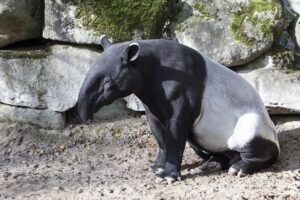
Conclusion: The Importance Of Protecting Hoofed Mammals
Hoofed mammals are not just fascinating creatures; they are integral to the health and balance of ecosystems around the world. Their roles as grazers, browsers, and seed dispersers highlight the interconnectedness of life on our planet. As we face increasing challenges related to habitat loss and poaching, it is imperative that we prioritize the conservation of these remarkable animals.
By understanding their ecological roles and the threats they face, we can take meaningful action to protect hoofed mammals for future generations. Whether through direct engagement with wildlife, supporting conservation initiatives, or advocating for sustainable practices, each of us can contribute to the preservation of these iconic animals and the ecosystems they inhabit. Together, let’s work to safeguard the diversity of life on Earth and ensure that hoofed mammals continue to thrive in a world that respects and values their presence.
